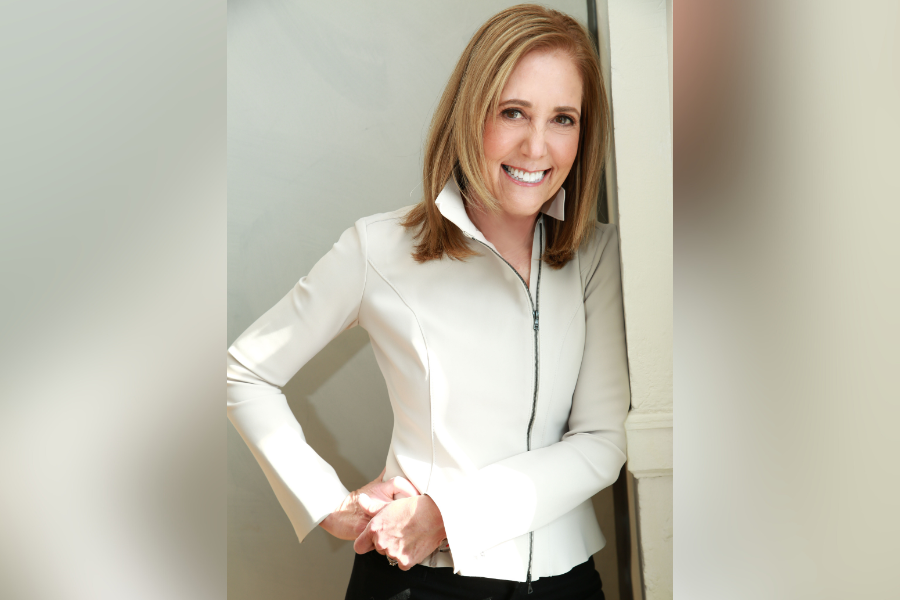How to discuss philanthropy with wealthy clients
It's about asking the right questions, not about wowing them with answers.
To enter the philanthropic planning space successfully, know that it is all about questions and conversations, rather than about expertise and answers.
You become a resource for the client as he or she explores issues of great importance. From that does come planning, but what makes this process work is that you first take the time to open a space for the questions. Let’s consider five areas to explore with clients.
(More: Betterment launches ‘free’ charitable-giving platform.)
The first area to explore is personal financial needs, “How much is enough for us?” The client or couple needs to know that they will have enough to meet their personal financial goals. You are used to doing this work, or have the resources available to you. Call it financial planning, retirement planning, or call it lifetime cash-flow analysis.
The second area to explore is inheritance for heirs, “How much is enough, or too much, for the heirs?” Ask that question and you find that roughly half of your best clients are concerned that heirs may not be able to handle a significant inheritance. Family philanthropy in this context emerges as a way to prepare heirs to handle wealth responsibly.
GIVING CAPACITY
The third area to explore is giving capacity, “Would you do more for the causes you care about, if you could do so without negatively impacting your other goals?” Additional questions in this area include, “Do you have a giving plan? Do you have a charitable tool? Do you have a charitable budget? Who helps you with these?”
The fourth area to explore is impact, “Where would you like to have an impact, beyond yourself and your family, during your life or after you are gone?” This leads to a host of questions about the client’s connection to causes, or charities. “What do you want to change or preserve in the world?” “Do you volunteer or serve on boards?” “Do you feel connected to your charities? Passionate?” “Does your giving give you joy?” “Do you feel your giving is getting results?”
The fifth area to explore is impact investing. “Do you want to put your whole portfolio to work in line with your values? Does your spouse think this way? How about your heirs? Would you be interested in seeing some ways to grow wealth and do good in the world at the same time?”
PLANNING PIVOT
From these open-ended conversations, you can then pivot back into a planning process, perhaps emerging as the most trusted adviser, and wresting control from those who have not served the client so well. It might sound like this.
“Ted and Mary, I feel I have gotten to know you much better. I can sense your ideals and aspirations. If we reviewed your current documents and plans, would we find your values fully expressed? Are you sure?”
Truth is, most clients have boilerplate plans done by advisers who never ask these big questions. By asking them, you not only establish rapport and build trust, you also reopen the planning process and gain client control.
(More: Advisers ignore ‘responsible investing’ at their own risk.)
What are the results? You may do a comprehensive or modular financial plan. You may do an estate plan. You may emerge as their investment adviser, with expertise in impact investing. You may set up a donor-advised fund or foundation and manage the money. You may meet with the heirs, with family philanthropy as the topic, and build rapport that will keep the money under management for generations.
Moreover, you may find that this is the most fulfilling work you have done in your career. And, to the extent you love it, and it shows, you may find that you are a magnet for high-net-worth referrals.
Phil Cubeta is the Wallace Chair in Philanthropy at The American College of Financial Services.
Learn more about reprints and licensing for this article.



